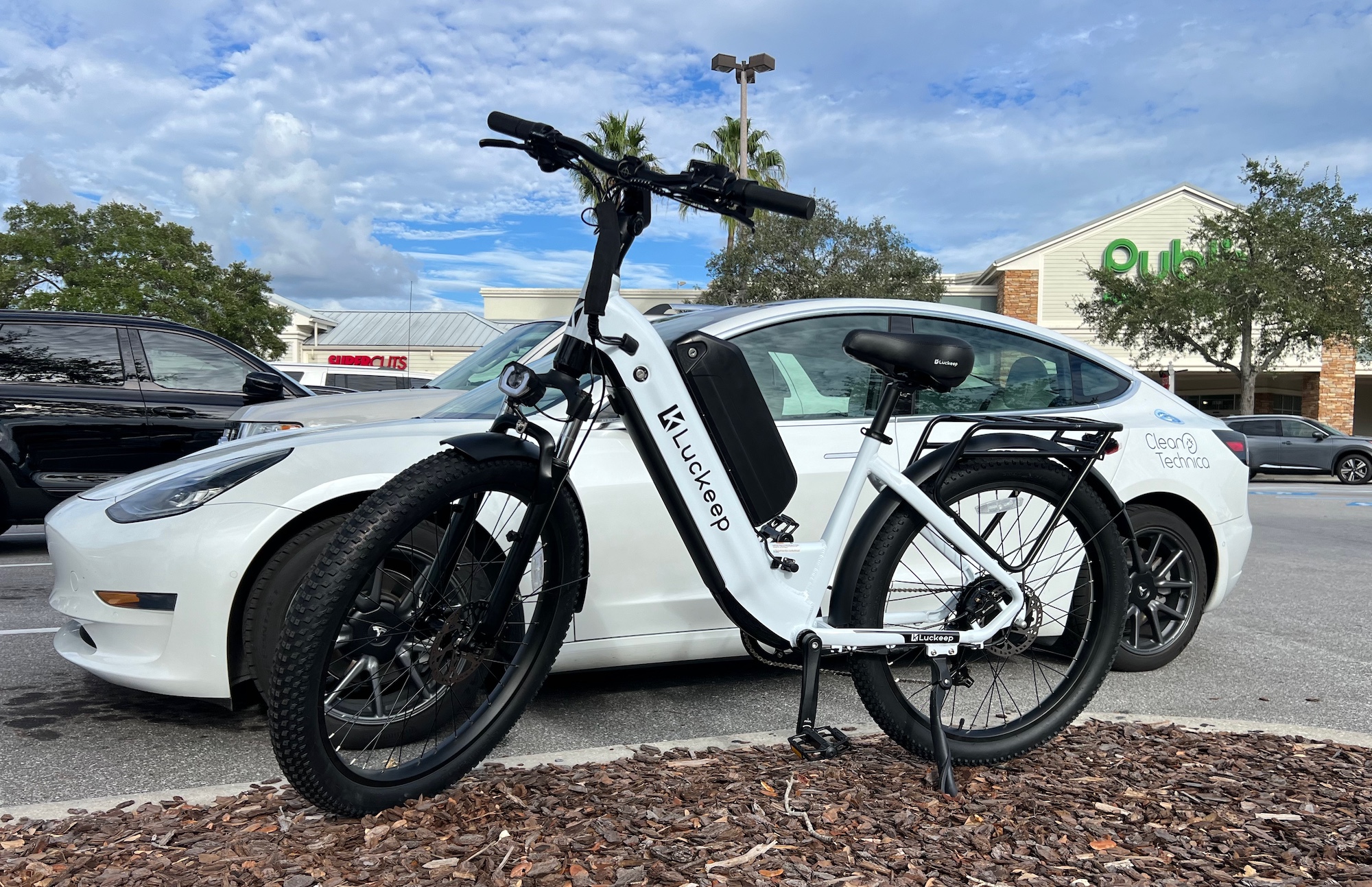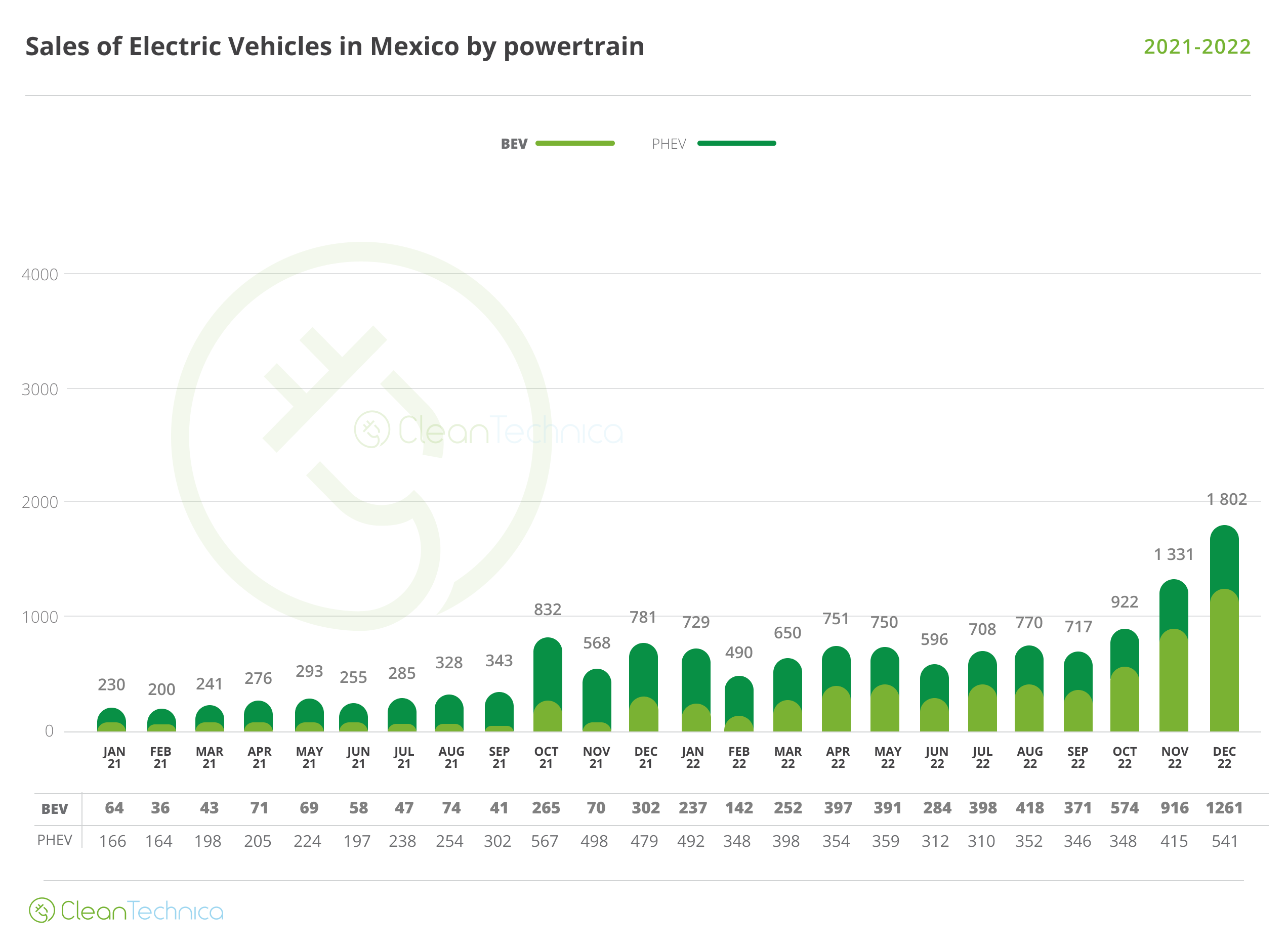Sign up for daily news updates from CleanTechnica on email. Or follow us on Google News!
In the US, climate risk events are occurring more frequently in places where development was once deemed safe but now is larger than initially anticipated. Insurance is one of the non-environmental systems that enables us to live our daily lives with the knowledge that our property is protected. Up until recently, most people weren’t concerned with how their ability to be insured would change — until catastrophic climate disasters began to wreak havoc on communities around the country.
Now there is a growing issue concerning the cost, affordability, and general insurability of many locations due to increasing climate risk hazards. Exponentially rising insurance costs reflect a crisis unfolding across the US – along both coasts and through the Midwest.
If insurers are to stay viable, they’ll need to make some changes.
Natural disasters are becoming more expensive — not only because extreme storms are intensifying them but also because of human factors. One of the latter is that more and more people have been moving into areas with higher climate risk impacts. And the impacts of climate pollution are profound: sea level rise, severe heat waves, drought, extreme rainfall, even more powerful storms.
There are over 12 million properties that are at significant risk of flooding yet are outside of the FEMA Special Flood Hazard Area (SFHA). A recent PEW Research Center survey found that 61% of respondents in coastal Florida and 60% of those in southern California believed their own community will be a worse place to live in the next 30 years due to the effects of climate change.
Florida’s Insurability Dilemma
Many areas have been hit hard by the insurance crisis, but Florida homeowners have been particularly impacted. As retirees envisioned their golden years spent in a warm and sunny coastal climate, never did they imagine that the insurance market that protected their hard-earned assets would be in crisis. But that’s now the case, with insurance companies leaving the state, going out of business, or choosing not to renew policies in high-risk areas.
Policyholders often have only 30 days to get new coverage when a policy is canceled, and some can only get coverage with Citizens, the insurer of last resort for windstorm insurance. Citizens has become the largest insurer in the state, with Policies in Force growing by 168% between 2016 and 2023 to over 1.3 million, and the average premium growing by 61% from about $2,000 to about $3,300.
 Chip in a few dollars a month to help support independent cleantech coverage that helps to accelerate the cleantech revolution!
Chip in a few dollars a month to help support independent cleantech coverage that helps to accelerate the cleantech revolution!
Why is there an insurance crisis in Florida?
- The impact of soaring litigation costs: A 2017 State Supreme Court decision allows courts to award a plaintiff’s attorneys 2-2.5 times their hourly billing rate when courts rule in favor of policyholders. The result is more lawsuits. Florida accounts for 79% of insurance lawsuits filed, with only 21% in the rest of the country.
- An increasing number of reinsurers who have chosen to retreat: Rising litigation and profit loss have become key factors in many companies’ decision to leave the market.
- Smaller insurers can’t survive alone: The Florida market is home to several smaller insurers who rely heavily on reinsurers and the booming housing market along coastal counties, which are more prone to flooding and hurricanes. Hurricanes are incredibly costly: Hurricane Ian caused $113 billion in damage.
It must be noted that Florida is one of the states that has no requirement for sellers to disclose a property’s flood risk to potential buyers.
As natural disasters become more frequent and more costly, insurance companies are facing big challenges. All of these growing risks are presenting insurability issues, to the point that underinsurance has become more widespread as legacy insurance providers back out of regions with high rates of climate disasters. As a result, when insurance companies struggle to survive, there are implications for the real estate market, individual home and business owners, and the entire economy.
What Can Insurers Do in the Face of Climate Risk Events?
Insurance companies need to take significant steps to lessen climate risks, according to Sam Shay, creative director at Socotra, who agreed to a Q&A with CleanTechnica. “As climate change continues to pose a greater threat of loss across a larger number of line of businesses (LOBs),” Shay explains, there will be “less predictable intervals (seasons) and higher losses per claim.”
The climate change will affect weather systems across multiple areas and directly determine quality of life. Previous givens such as security and safety, access to fair and equitable resources, jobs, and housing conditions will now be impacted by access to insurance. “It is imperative that insurers consider these trends to be models for a future environment that enjoys far less stability,” according to Shay, “and in which risks that were previously considered occasional move towards being constant threats.”
To fill the gap in insurance, agile, scalable, and innovative companies are stepping in. They’ve taken actions to improve their company’s financial strength, which Shay indicates involves much more than “dropping higher-risk policies,” which he says will not prove to be a sustainable business model for most insurers. Instead, insurers should focus on keeping portfolios in balance in addition to standard practices of diversification. “Carriers should strongly consider strategies that lean more heavily on reinsurance as a means of stabilizing their risk portfolios,” Shay recommends.
Shay says that insurers themselves “can take more proactive measures to assist their insureds in boosting their natural disaster preparedness.” Such measures might include offering tools and education that put more power to mitigate the severity of potential losses in the hands of property owners themselves.
The regulatory climate needs to change rapidly, too, Shay argues, with consideration paid to the need for individuals and businesses to secure and protect their properties and possessions. “Regulatory agencies can use states that effectively manage this as models for providing a safety net for the public as well as a stable business environment for insurers,” he continues. “It is clear that other geographies will soon join their ranks, with these models being applied more broadly to the way basic property and income protection is guaranteed in this country.”
Economically disadvantaged communities suffer the brunt of the effects of extreme storms. Innovations can assist insurers so they continue to have viable business models while also serving a diverse population of policy holders. It starts with “offering insurance and financial services products and bundled coverages that are tailored to lower-income communities,” Shay suggests.
Such measures diversify a climate risk portfolio and serve a broader set of the population. Shay offers the example of helping renters to establish themselves. That includes “everything from lower their move-in costs, build their credit, and affordably protect their homes and belongings on one platform.” Those steps increase value for both insureds and property managers, “offering their solutions as embedded options in the leasing process.”
Have a tip for CleanTechnica? Want to advertise? Want to suggest a guest for our CleanTech Talk podcast? Contact us here.
Latest CleanTechnica.TV Video
CleanTechnica uses affiliate links. See our policy here.





